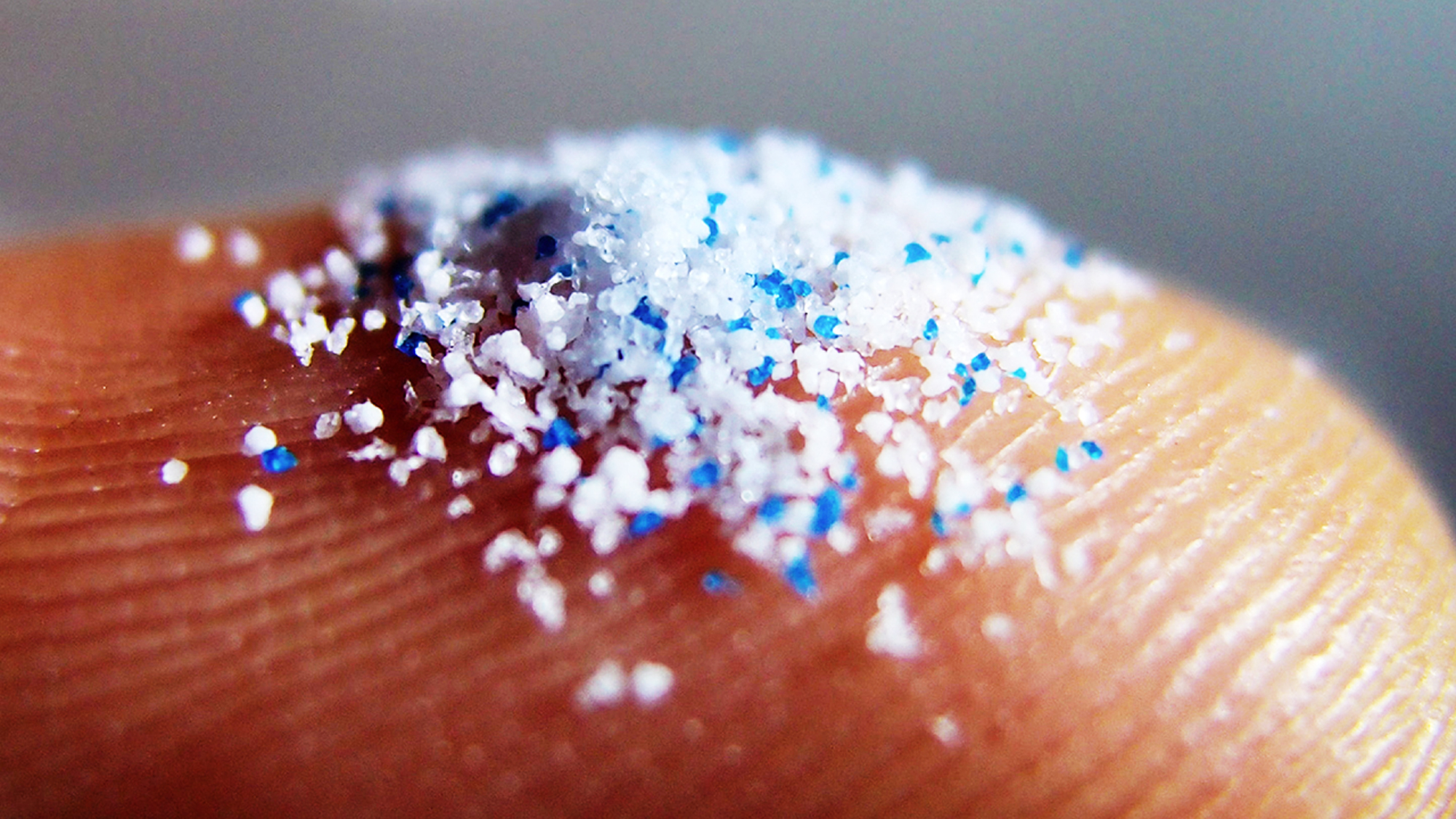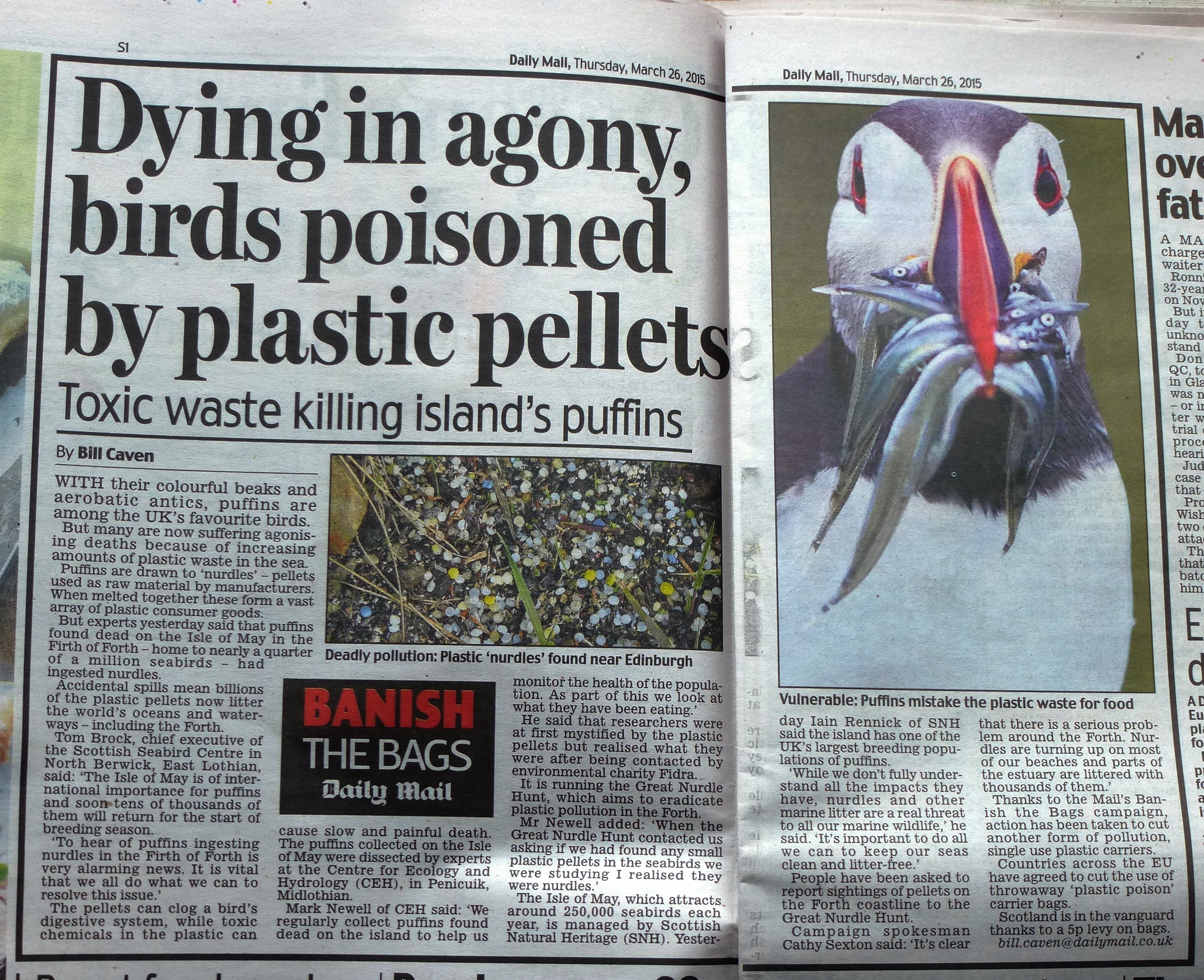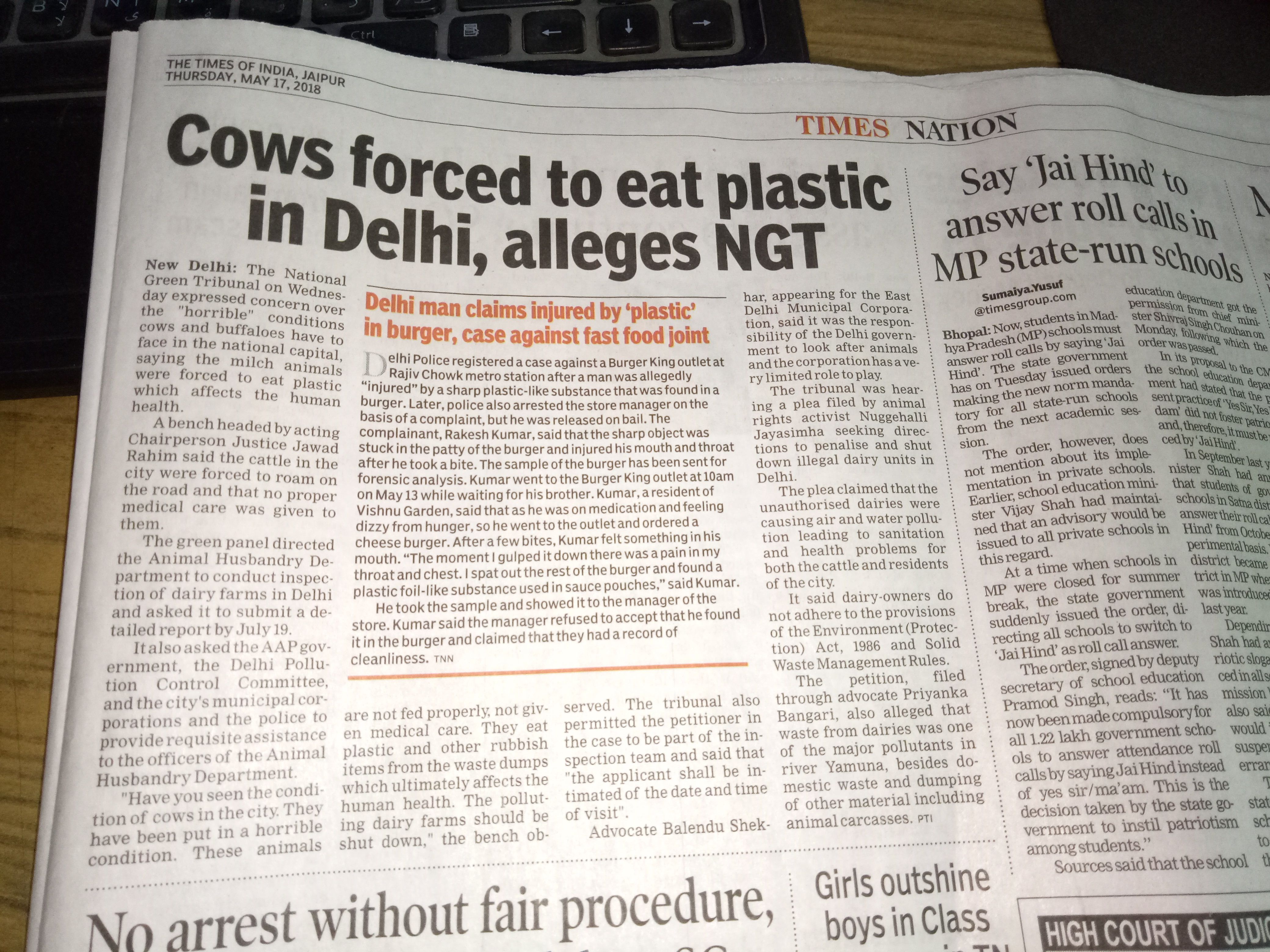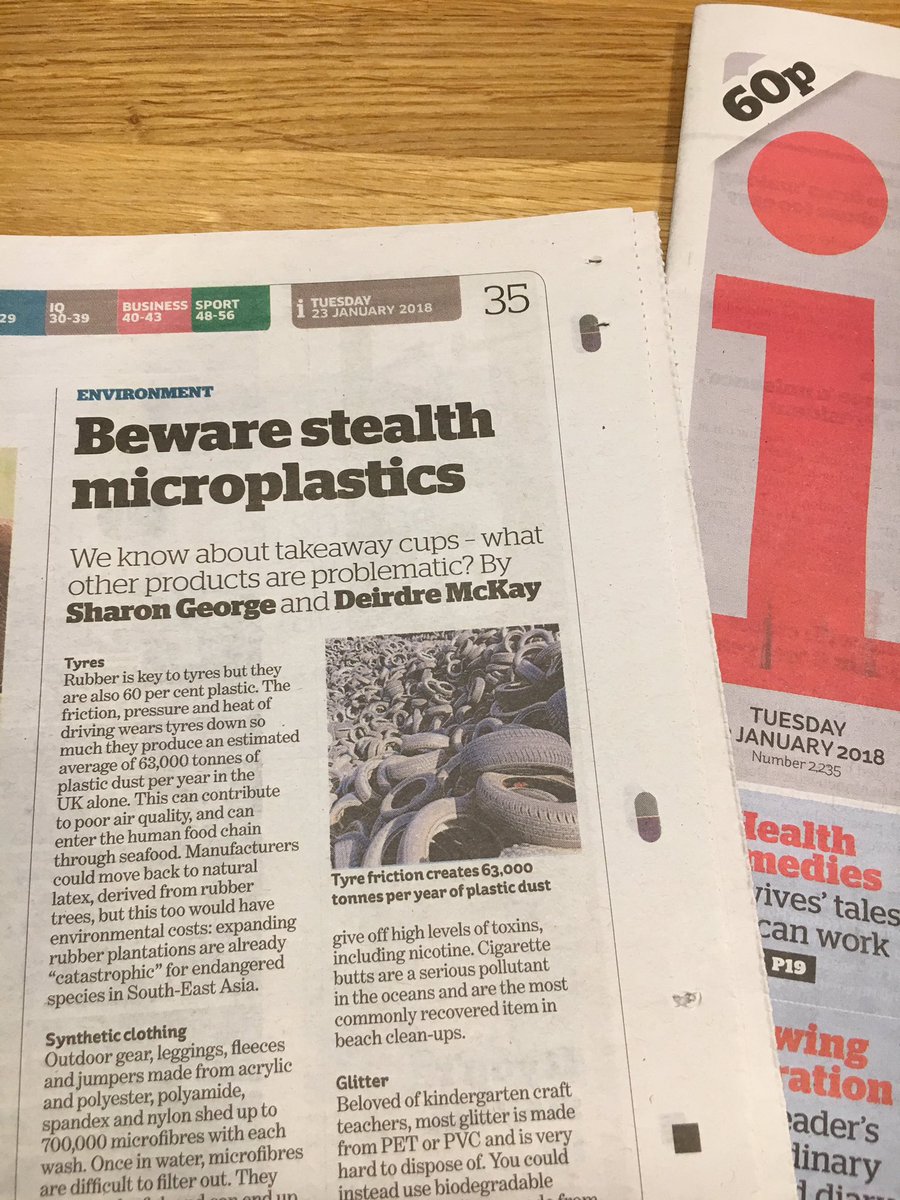When king Midas was granted a wish by the gods , he wished that everything he touched would turn to gold . Soon he found that his food turned into gold as well. When he hugged his daughter to soothe his pain she too became golden. The richest man in existence was starving , heartbroken and lonely.
Humans got a similar wish granted when we learned how to turn petroleum into magic-plastic. It was cheap, sterile, and convenient. It changed our lives. But this wonder of technology had gotten a little out of hands.
Plastic has saturated our environment. It has made its way to the animals we eat and now it is reaching our bodies too.

WHAT IS PLASTIC?
Plastic is a material made up of polymers- long recurring chains of molecule groups. Natural polymers exist everywhere in nature- in DNA, Cell walls, skin, hair,and what not.
But it is possible to create them synthetically too by breaking down petroleum into its more simpler components and then rearranging these molecules in a chain, new synthetic polymers can be formed.
Synthetically created polymers are more lightweight and durable as compared to natural ones. Moreover they can be molded almost into any shape. Synthetic plastics can be mass produced and its materials are available in vast amounts, hence making it incredibly cheap to be produced.
These factors led to the start of the era of plastics.

HOW DOES IT AFFECT US?
Today almost everything is partly made from plastic from our clothes, furniture, appliances, computers, and what not.Plastic has long ceased to be a revolutionary material, instead it became trash like coffee cups, carry bags, food wrappers. We don’t think of this fact much since plastic just comes to our houses and goes away. But, unfortunately it doesn’t just “go away”.
Since synthetic polymers are so durable plastics take from 500-1000 years to break down. But somehow we humans, collectively decided to use this super tough material to be thrown away. 40% of plastics are used for packaging. worldwide it accounts for one-third of the waste that is generated annually.
Since its invention, about 8 billion metric tons of plastic has been produced, out of which 6.3 billion metric tons of it has become waste. About 9% of this waste was recycled and 12% of its burnt leading to greenhouse gas emissions. This shows that 79% of plastic is just thrown away out of which most end up in the ocean, about 8 million tons yearly.
Because it has reached the ocean , it traps many marine animals in it and many such animals also swallow it. This leads to 90% of sea birds which have consumed plastic to either get chocked to death or starve to death as the indigestible plastic blocks the stomach from letting any food in it.

While this sounds tragic, there is an even more widespread form of invisible plastic – Microplastics.

Microplastics are pieces of plastics smaller then 5 millimeter. Some of them are used in cosmetics, or toothpastes. But most of them result from floating waste that is constantly exposed to UV radiation which crumbles them to smaller and smaller pieces. 51 trillion such particles float in the ocean where they are more easily swallowed by all kinds of marine life . This has raised many concerns amongst scientists, especially about health risks from chemicals that are added to plastic. BPA for example is used to make plastic transparent but if consumed it interferes with our hormonal system. About 93% of people have BPA in their urine. While, DEHP another chemical which is used to make plastic flexible may cause cancer if consumed.
Microplastics travel up the food chain. Very tiny organisms like zooplankton consumes these materials. Small fish eat zooplankton, so do all crabs, preadatory fishes and oysters which ultimately end up at our plate.

Microplastics have been found in honey, beer, tap water, sea salt, and the dust around us. 8 out of 10 babies and nearly all adults have common plastic additives like phthalates in their bodies.
And this is how plastics ultimately reach our bodies and cause harm to us.
NEWSPAPER ARTICLES
The following articles show how plastic has affected all forms of life and has harmed the environment.




